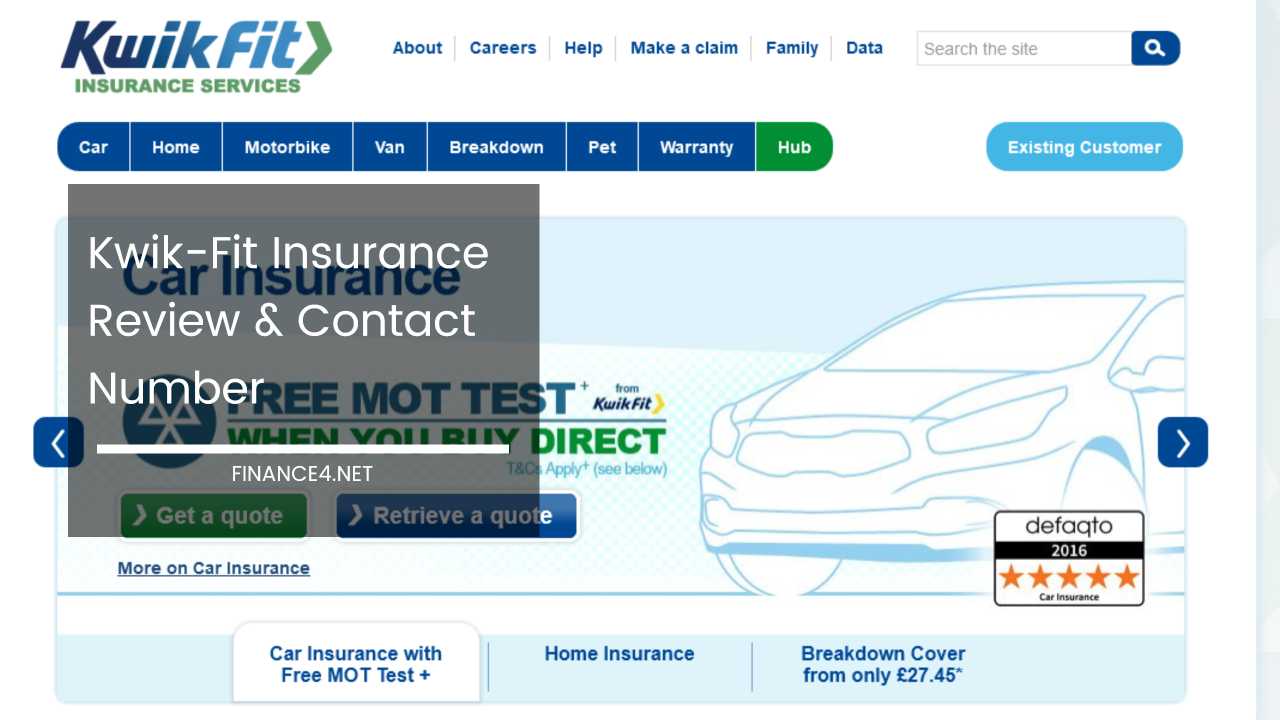Secure Your Pet’s Future: Top Tips for Choosing Pet Insurance

Securing Your Furry Friend’s Future: A Comprehensive Guide to Choosing Pet Insurance
In a world that often feels chaotic, pets bring a sense of unconditional love and unwavering companionship. From the playful exuberance of a young puppy to the comforting purr of a contented cat, these furry companions enrich our lives in countless ways.
As responsible pet owners, ensuring their well-being becomes a top priority. This not only encompasses providing a loving home and nutritious food, but also safeguarding their health through regular veterinary care and, increasingly essential, pet insurance.
Pet insurance functions as a financial safety net, mitigating the often-crippling costs associated with unexpected medical emergencies, illnesses, and accidents. However, navigating the pet insurance landscape can be daunting, with a multitude of providers offering a dizzying array of policy options.
To empower you to make informed decisions for your beloved pet, here’s a comprehensive guide outlining 5 crucial considerations and additional factors to explore when choosing the perfect pet insurance plan:
1. Unveiling the Age and Breed Factor:
- Age: Just like humans, pets require more medical attention as they age. Many insurance companies implement age limitations on coverage. Some may exclude pets younger than one year, while others have upper age limits, often around 8-10 years old. Enrolling your pet when they’re young is ideal. This ensures coverage for potential health concerns that may develop later in life, and often comes with lower premiums. If you adopt an older pet, inquire about pre-existing condition coverage options.
- Breed Predisposition: Certain breeds are genetically predisposed to specific health conditions. For instance, Bulldogs are prone to respiratory problems, while German Shepherds may develop hip dysplasia. Understanding your pet’s breed predisposition helps you anticipate potential health concerns and choose a plan that offers adequate coverage for those specific conditions. Be aware that insurance companies may charge higher premiums for breeds with higher incidences of health issues, or even exclude coverage for pre-existing conditions associated with the breed.
2. Tailoring Coverage to Your Pet’s Unique Needs:
Pet insurance plans vary significantly in the spectrum of services they cover. Here’s a breakdown of some common coverage options to consider when customizing a plan for your pet:
- Accident and Illness: This comprehensive coverage provides financial assistance for a wide range of scenarios, including accidents, illnesses, surgeries, medications, diagnostic tests, and hospitalization.
- Accident-Only: A more budget-friendly option, accident-only plans cover expenses related to accidental injuries, such as broken bones or swallowed objects. While it won’t cover illnesses, it can still be a valuable safety net for unexpected mishaps.
- Wellness: This add-on coverage focuses on preventative care, typically including routine checkups, vaccinations, spaying/neutering, and parasite control. While not essential, wellness plans can help you save money on preventative care over time.
3. Demystifying Policy Wording: Understanding the Fine Print
When reviewing pet insurance plans, don’t be discouraged by the technical jargon. Here’s a breakdown of key terms to help you make informed decisions:
- Deductible: This is the amount you’ll pay out-of-pocket before the insurance kicks in. Think of it as your down payment. Higher deductibles typically translate to lower premiums.
- Coinsurance: This is the percentage of the covered costs that you’ll share with the insurer after the deductible is met. For example, with an 80% coinsurance, you’d pay 20% of the covered costs.
- Reimbursement Percentage: This dictates what percentage of the covered costs the insurance company will reimburse you after you meet the deductible and pay your coinsurance portion (usually between 70% and 100%).
- Coverage Limits: Some plans have annual or lifetime limits on payouts. Be sure the coverage limit is sufficient to address potential future needs, especially for conditions that may require ongoing treatment. For instance, if your pet develops a chronic illness, a plan with a low annual limit may not be adequate.
- Exclusions: Policies typically exclude pre-existing conditions, certain breeds considered high-risk, and cosmetic procedures. Carefully review these exclusions to avoid surprises down the road. Some plans offer optional riders to cover specific pre-existing conditions, but these typically come at an additional cost.
4. Navigating the Claim Process: Be Prepared When Needed
Knowing how to file a claim efficiently is crucial during a stressful time. Generally, the process involves paying the veterinarian upfront for the treatment and then submitting a claim form along with the medical bills to your insurance company for reimbursement.
Most reputable insurance companies offer online claim submission options for added convenience. Understanding the claim process beforehand ensures you’re prepared when the need arises and can focus on your pet’s recovery.
5. Comparative Shopping: Unveiling the Best Deal
Don’t settle for the first plan you encounter. Get quotes from multiple reputable pet insurance providers. Utilize online comparison tools and consult with veterinarians or pet owners who may have recommendations.
Compare coverage details, deductibles, coinsurance, reimbursement percentages, and overall costs. This comprehensive comparison allows you to find the plan that offers the most comprehensive coverage for your pet’s needs at a price that fits your budget.
Beyond the Basics: Exploring Additional Considerations
While the 5 core considerations outlined above provide a strong foundation for choosing pet insurance, here are some additional factors to explore for a more well-rounded decision:
- Renewal Rates: As pets age, their risk of developing health problems increases. Inquire about potential increases in premiums as your pet matures. Some companies offer plans with guaranteed renewal rates, ensuring coverage remains available throughout your pet’s life, albeit potentially at a higher cost.
- Customer Service: Research the insurer’s reputation for customer service and claim processing efficiency. Read online reviews and consider contacting the company directly to assess their responsiveness and helpfulness. A company with a strong track record of prompt and efficient claim processing will provide greater peace of mind.
- Network vs. Non-Network Providers: Some plans offer reduced costs if you use veterinarians within their network of contracted clinics. These networks typically include reputable veterinary practices, but it’s important to ensure there are participating clinics conveniently located within your area. Non-network plans offer more flexibility in choosing any licensed veterinarian, but may come with higher reimbursement limitations.
The Power of Peace of Mind: Investing in Your Pet’s Well-Being
By following these comprehensive considerations, you can navigate the world of pet insurance with confidence and choose a plan that provides the best value for your cherished companion.
Pet insurance offers peace of mind, knowing that unexpected medical expenses won’t become a financial burden that could potentially delay or prevent your pet from receiving necessary treatment.
Ultimately, it’s an investment in your pet’s health and well-being, allowing you to focus on what matters most – showering your furry friend with love and creating a lifetime of happy memories together.
Additional Resources:
Consider including a brief section with links (avoiding embedding URLs directly) to reputable resources that can provide further information on pet insurance, such as:
- Consumer Reports: [pet insurance consumer reports ON consumerreports.org]
- North American Pet Health Insurance Association (NAPHIA): [pet insurance association ON North American Pet Health Insurance Association naphia.org]
- The Association for Pet Insurance (API): [association for pet insurance ON Association of Pet Insurance petinsurance.org]



